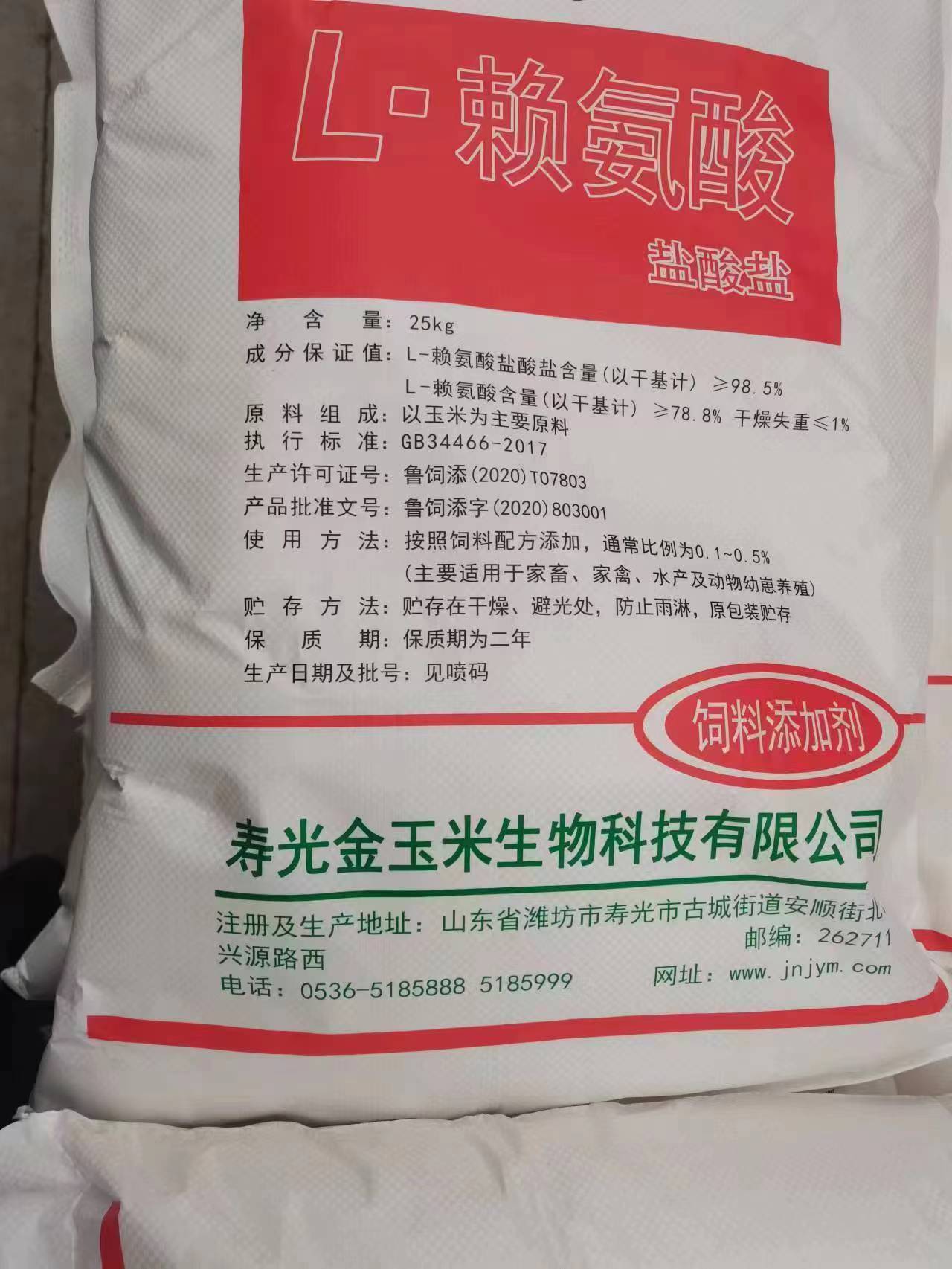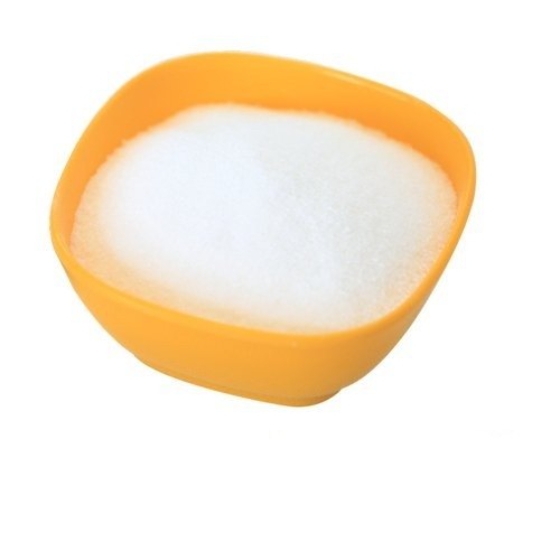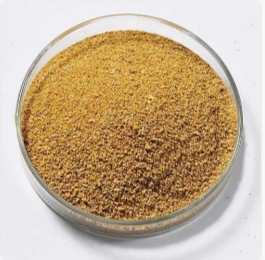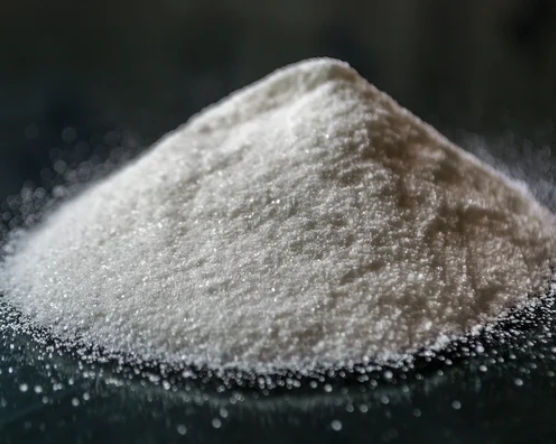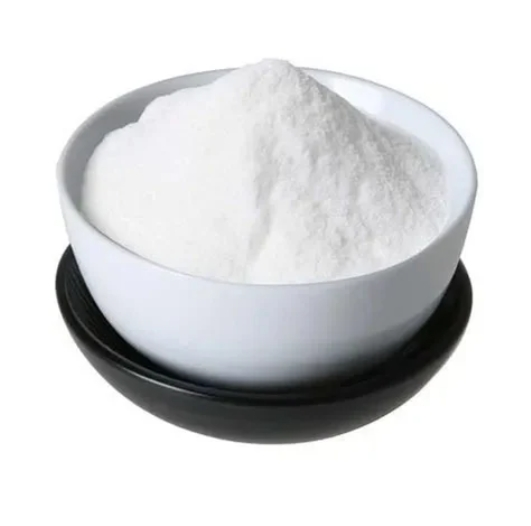


Cyanocobalamin
Character:
Dark red crystalline powder
Assay:
98.7%
Package:
20/kg carton
Storage:
Cool dry place avoid sunlight
Shelf life:
24 months
Application:
Feed additive
DETECTION RESULT
Identification A (UV):
conform
Identification B (Chemistry):
Positive
Identification C (HPLC):
passed test
Loss on drying:
2.6%
Total impurities (HPLC):
0.4%
7β,8β-Lactocyanocobalamin:
Not Detected
50-Carboxycyanocobalamin:
Not Detected
34-Methylcyanocobalamin:
0.3%
32-Carboxycyanocobalamin:
Not Detected
8-Epi-Cyanocobalmin:
Not Detected
Any other unidentified impurity Residual solvent(GC):
0.1%
Acetone:
0.04%
Total plate count:
<10cfu/g
USAGE
Vitamin B12, also known as cyanodiamine, is a chelate containing a cobalt atom and a cyanide group. Vitamin B12 is involved in protein metabolism, improves the utilisation of plant proteins and is essential for normal blood cell production. Vitamin B12 is an indispensable micro-nutrient for the growth of the organism. Most of the plant feeds for animals do not contain vitamin B12, and animals rely on the synthesis of microorganisms in the gastrointestinal tract on the one hand, and on the other hand, they rely on the addition of vitamin B12 from outside the animal's body. In order to meet the vitamin needs of animals, it is necessary to supplement vitamin additives.
Vitamin B12 deficiency in non-ruminants, such as pigs and chickens, is mainly manifested by stagnant growth and development, and in a few pigs, mild normocytic anaemia may occur. It also reduces hatchability in chickens and fertility in pigs.
Feed vitamin B12 promotes the growth and development of poultry, especially young birds and young animals. It can be used for:
①Pigs, chickens stunted growth and anaemia caused by vitamin B12 deficiency;
② endemic wasting disease in cattle and sheep in cobalt-deficient areas;
③Non-specific treatment of neuritis and neuralgia;
④ Improvement of utilisation rate of feed protein;
⑤ Breeding of economic animals;
⑥ Treating fish eggs or fry with B12 solution can improve the tolerance of fish to toxic substances in water such as benzene and heavy metals.
YOU MAY ALSO BE INTERESTED IN THE FOLLOWING PRODUCTS
